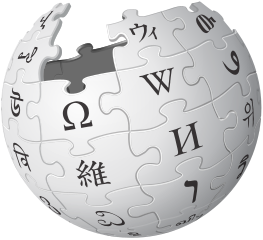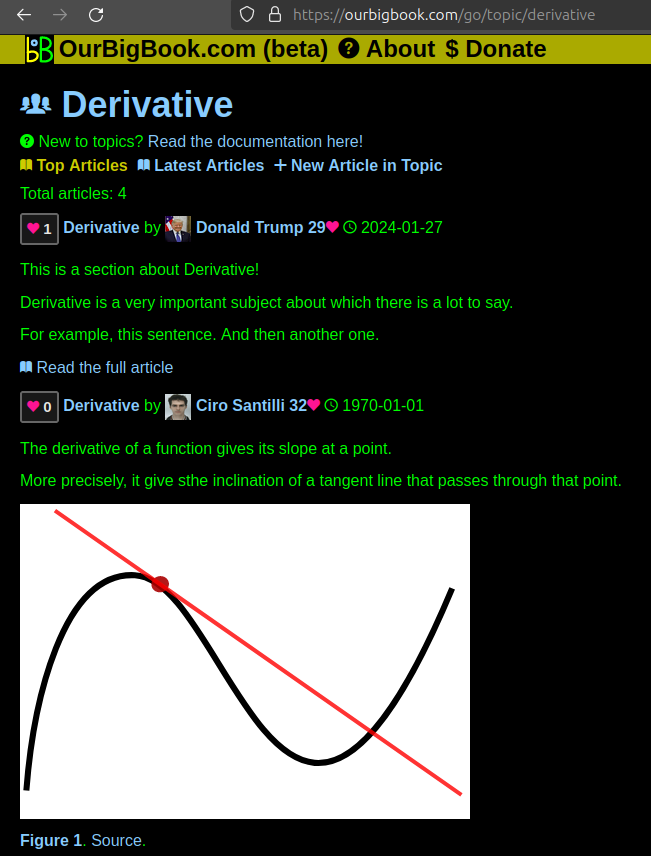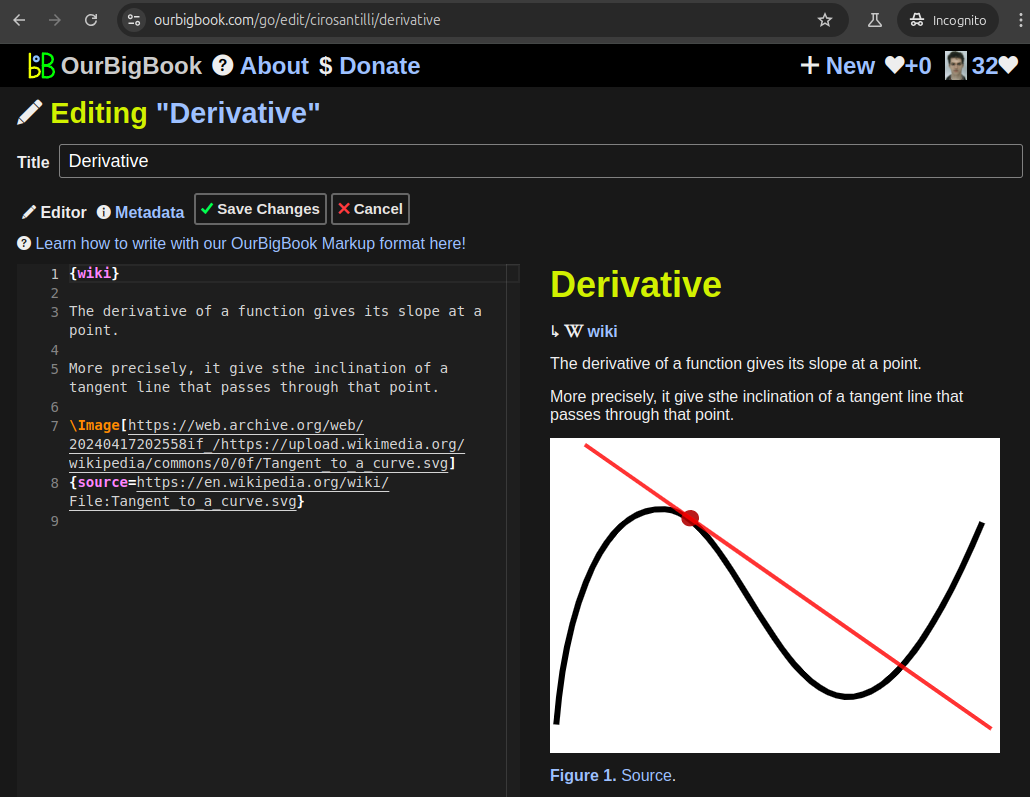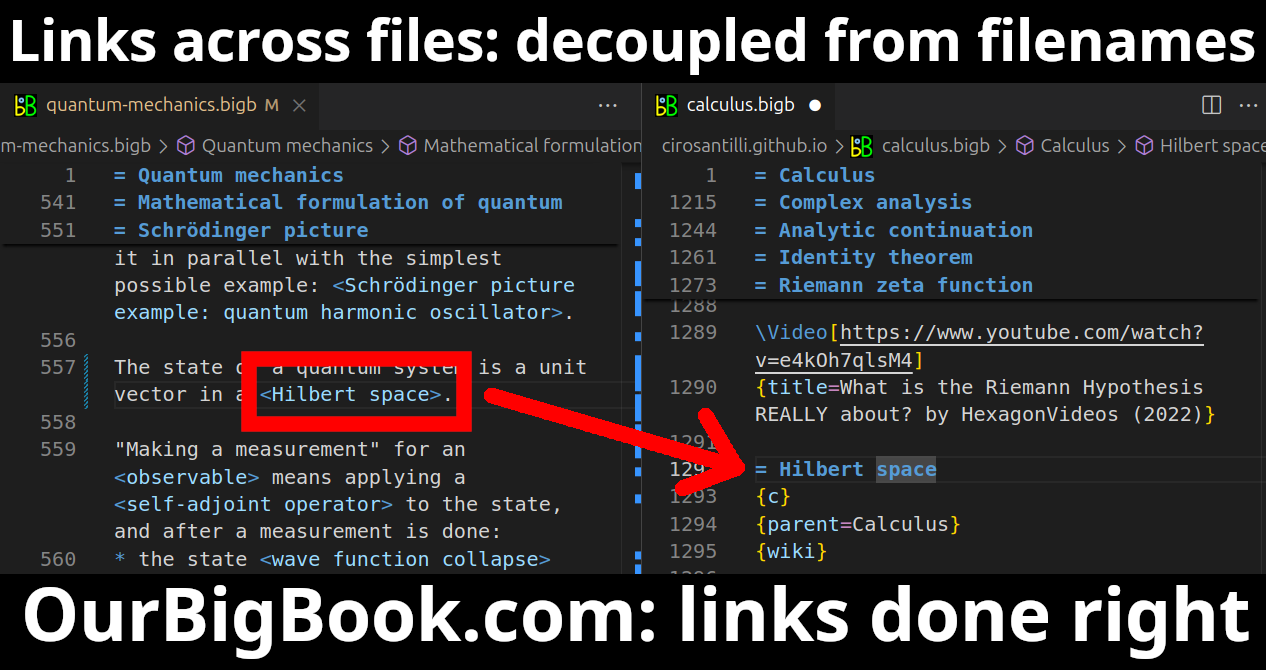Angular momentum is a fundamental physical quantity that describes the rotational motion of an object. It is a measure of the amount of rotation an object has, taking into account its mass, shape, and rotational speed. Angular momentum is a vector quantity, meaning it has both a magnitude and a direction.
Electric flux is a measure of the quantity of electric field passing through a given area. It is a concept from electromagnetism, specifically related to Gauss's law, which describes how electric charges create electric fields and how those fields behave through surfaces.
Characteristic impedance (often represented as \( Z_0 \)) is a fundamental property of a transmission line or waveguide that defines the relationship between the voltage and current of a wave traveling along the line when it is at steady state. It is determined by the line's physical and electrical characteristics, including its inductance per unit length (\( L \)) and capacitance per unit length (\( C \)).
Colorimetry is the science and technology used to quantify and describe physical color. It involves measuring the intensity and output of colors, often in relation to human perception, and is widely used in various fields such as chemistry, physics, art, design, and biology.
Comoving distance and proper distance are two important concepts in cosmology related to the measurement of distances in the expanding universe. Here's an overview of both terms: ### Proper Distance **Proper distance** is the distance between two points in space measured along a specific path at a given time. It is the actual physical distance that an observer would measure using a ruler at rest relative to the objects in question.
Dynamic modulus, often referred to in the context of materials science and engineering, is a measure of a material's stiffness or resistance to deformation under an applied load or stress, typically as a function of frequency. It is particularly relevant in the fields of pavement engineering, materials characterization, and the study of viscoelastic materials. In pavement engineering, for instance, dynamic modulus is used to characterize hot-mix asphalt (HMA) and can be an important parameter in mechanistic-empirical pavement design.
Displacement in the context of fluids refers to the volume of fluid that is moved or displaced by an object when it is immersed in that fluid. This principle is commonly associated with Archimedes' principle, which states that any object submerged in a fluid experiences an upward buoyant force equal to the weight of the fluid that it displaces.
Electric susceptibility is a measure of how easily a material can be polarized by an electric field. More specifically, it quantifies the extent to which a material will become polarized in response to an applied electric field, thus affecting its overall dielectric properties.
Excess property generally refers to assets that an organization owns but does not currently use or need for its operations. This can include physical items such as equipment, furniture, vehicles, or real estate, as well as intangible assets that are surplus to requirements. In a corporate context, excess property may arise from various situations, such as: 1. **Business Downsizing**: When a company reduces its workforce or operations, it may end up with more office space or equipment than it needs.
Electrical reactance is a measure of how much a circuit impedes the flow of alternating current (AC) due to the presence of inductance and capacitance, rather than resistance. Unlike resistance, which dissipates energy as heat, reactance stores energy in electric or magnetic fields and causes a phase shift between the voltage and current waveforms.
Věslav Michalik is not a widely recognized figure in mainstream global culture or history as of my last knowledge update in October 2023. There might be local or niche significance attached to this name, possibly relating to an individual in politics, academia, or another field in a specific region.
Miloslav Valouch could refer to a specific individual or context, but as of my last knowledge update in October 2023, there is no widely recognized figure or event associated specifically with that name. If you could provide additional context, such as whether you are referring to a person in a particular field (like politics, arts, sports, etc.
As of my last knowledge update in October 2023, "Gerd Grubb" does not appear to refer to any widely recognized figure, organization, or concept in popular culture, science, or other fields. It's possible that it could refer to a private individual or a niche topic that hasn't gained significant public attention.
Jesper Møller is a mathematician known for his work in the fields of applied probability and statistics, particularly in relation to queueing systems, stochastic processes, and statistical methodologies. He has contributed to various areas, including the development of models for traffic flow and resource allocation in telecommunications. Møller's research often involves the application of probabilistic models to real-world problems, and he has published numerous papers in academic journals.
A **dagger compact category** is a mathematical structure that arises in category theory and is particularly relevant in the fields of quantum mechanics and quantum information theory. It combines concepts from category theory with the structure of quantum systems. Here are the main elements that define a dagger compact category: 1. **Category**: A category consists of objects and morphisms (arrows) between those objects, satisfying certain composition and identity properties.
A **Dagger symmetric monoidal category** is a specific type of category that combines concepts from category theory with tools from algebra and quantum mechanics. Let's break down the concepts involved: 1. **Category**: A category consists of objects and morphisms (arrows that go from one object to another) that satisfy certain properties. Each morphism has a source and a target, and there are identity morphisms for each object along with composition rules.
Robyn Hendricks is an Australian artist and a prominent figure in the field of contemporary art. She is known for her innovative works that often explore themes of identity, culture, and the human experience. Hendricks utilizes various mediums in her art practice, including painting, installation, and sculpture. Additionally, she may also engage in social and community projects that aim to foster engagement with art.
Danish mathematicians have made significant contributions throughout history. Here's a brief overview categorized by century: ### 17th Century - **Thomas Fincke (1561–1656)**: Known for his work in mathematics and geometry. - **Peder Balling (ca. 1603–1663)**: Contributed to surveying and geometry. ### 18th Century - **Jens Nielsen (1689–1753)**: Worked on navigation and algebra.
Pinned article: Introduction to the OurBigBook Project
Welcome to the OurBigBook Project! Our goal is to create the perfect publishing platform for STEM subjects, and get university-level students to write the best free STEM tutorials ever.
Everyone is welcome to create an account and play with the site: ourbigbook.com/go/register. We belive that students themselves can write amazing tutorials, but teachers are welcome too. You can write about anything you want, it doesn't have to be STEM or even educational. Silly test content is very welcome and you won't be penalized in any way. Just keep it legal!
Intro to OurBigBook
. Source. We have two killer features:
- topics: topics group articles by different users with the same title, e.g. here is the topic for the "Fundamental Theorem of Calculus" ourbigbook.com/go/topic/fundamental-theorem-of-calculusArticles of different users are sorted by upvote within each article page. This feature is a bit like:
- a Wikipedia where each user can have their own version of each article
- a Q&A website like Stack Overflow, where multiple people can give their views on a given topic, and the best ones are sorted by upvote. Except you don't need to wait for someone to ask first, and any topic goes, no matter how narrow or broad
This feature makes it possible for readers to find better explanations of any topic created by other writers. And it allows writers to create an explanation in a place that readers might actually find it.Figure 1. Screenshot of the "Derivative" topic page. View it live at: ourbigbook.com/go/topic/derivativeVideo 2. OurBigBook Web topics demo. Source. - local editing: you can store all your personal knowledge base content locally in a plaintext markup format that can be edited locally and published either:This way you can be sure that even if OurBigBook.com were to go down one day (which we have no plans to do as it is quite cheap to host!), your content will still be perfectly readable as a static site.
- to OurBigBook.com to get awesome multi-user features like topics and likes
- as HTML files to a static website, which you can host yourself for free on many external providers like GitHub Pages, and remain in full control
Figure 3. Visual Studio Code extension installation.Figure 4. Visual Studio Code extension tree navigation.Figure 5. Web editor. You can also edit articles on the Web editor without installing anything locally.Video 3. Edit locally and publish demo. Source. This shows editing OurBigBook Markup and publishing it using the Visual Studio Code extension.Video 4. OurBigBook Visual Studio Code extension editing and navigation demo. Source. - Infinitely deep tables of contents:
All our software is open source and hosted at: github.com/ourbigbook/ourbigbook
Further documentation can be found at: docs.ourbigbook.com
Feel free to reach our to us for any help or suggestions: docs.ourbigbook.com/#contact






